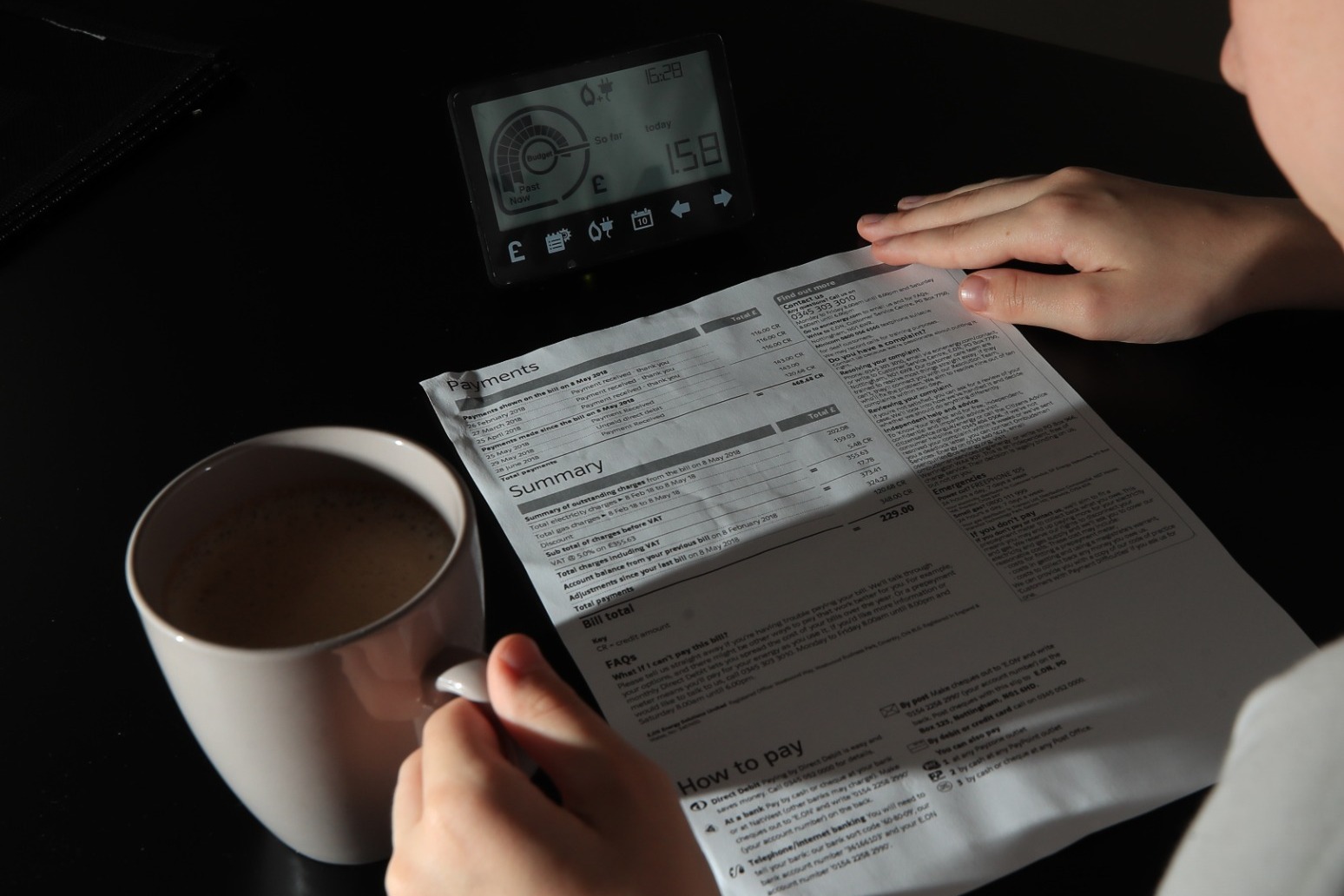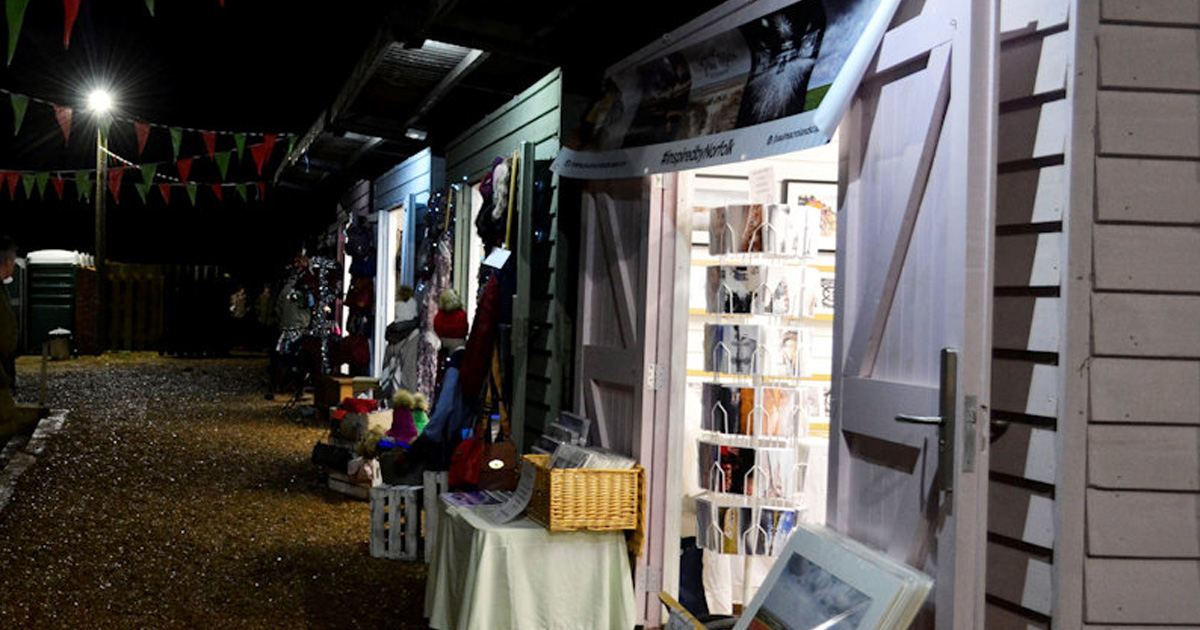
Tapping into the millions of electric vehicles, heat pumps and other devices that are set to be connected to the UK’s electricity grid could save up to £4.7 billion a year by the end of this decade, Ofgem said.
The energy regulator set out a skeleton vision of what could be one of the biggest changes in decades to how Britain’s electricity system works.
It proposed setting up new bodies with responsibility for regional grid plans, forcing companies to share more data, and establishing a joined-up way for households to help supply energy back into the grid from their new smart devices.
The biggest of these will be electric cars. According to the Climate Change Committee, there could be around 27.6 million electric vehicles on Britain’s roads by 2035.
If these were able to send back electricity into the grid when supplies are tight – so-called demand flexibility – it could provide a major boost and avoid the need to build a lot of extra nuclear or renewable generation, Ofgem said.
“The UK can be at the forefront of developing crucial digital tools that enable flexibility,” said Laura Sandys, chairwoman of the Government’s Energy Digitalisation Taskforce.
“Just consider the prize – by 2035 the number of EVs (electric vehicles) will be equivalent to three nuclear power stations. Their inherent flexibility can support our transition to net zero, but only if we have the right tools in place.”
The grid is likely to need around 20 to 30 gigawatts (GW) of flexibility by 2035 in order to make up for the biggest weakness of renewable energy – that sometimes the sun does not shine and the wind does not blow.
National Grid has recently been trialling a system which pays customers if they use less electricity at peak hour on certain days.
The flexibility systems of the future are likely to be a lot more automated – with people’s electric car, heat pump, or other device shutting itself off for a short period or even sending electricity back to the grid when demand for electricity is high. Customers would be able to overrule this at any point.
“We swiftly need to put in place the common digital energy infrastructure which can unlock this crucial component of the system,” Ms Sandys said.
Ofgem’s director of infrastructure and security of supply, Akshay Kaul, said: “Without reform, the electricity system, markets and grid become an obstacle, not an enabler, to net zero.
“New innovations will give consumers more control to save money through access to better data and regularly updated prices, allowing them to harness the smart features of modern consumer goods to access cheap abundant renewable electricity when there is more wind or sun, and use their flexibility to change demand when it’s still and overcast.
“This will mean lower bills, reduced strain on the grid, and help (to) enable the transition to net zero.”
Flexibility alone could save households between £3.2 billion and £4.7 billion a year compared to the alternative – which is keeping gas power plants running, Ofgem said.
The regulator said there is already some flexibility in the system but not at the scale that will be needed. It said it was “not clear that this will emerge organically.”
Published: by Radio NewsHub














